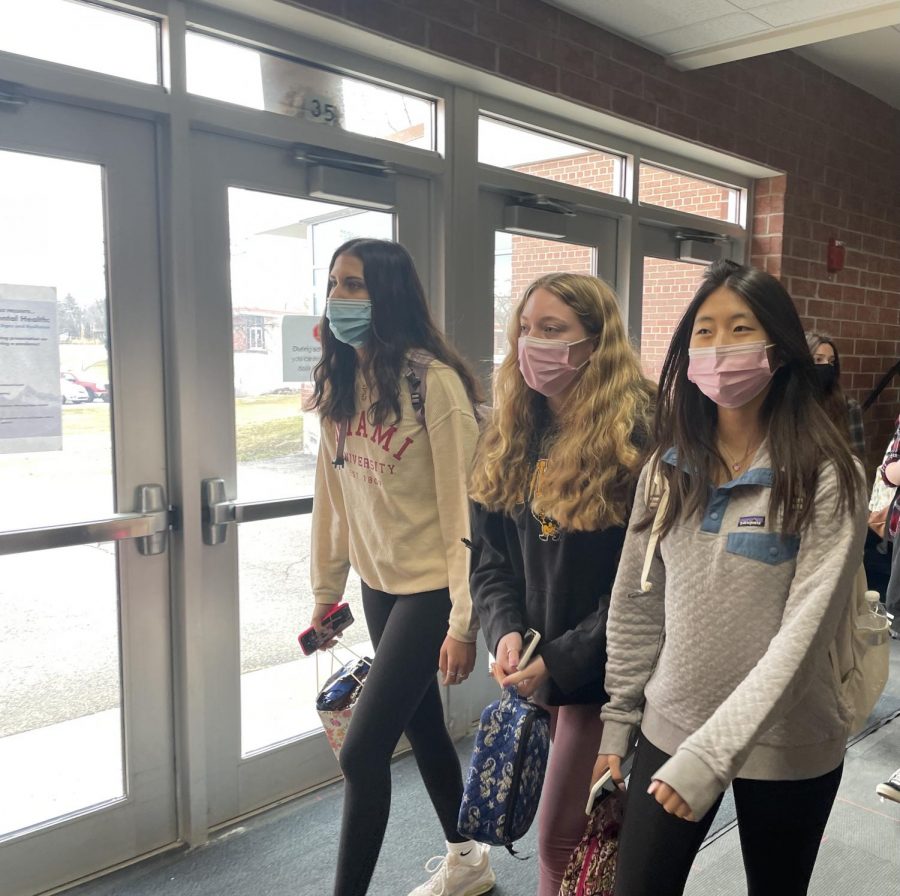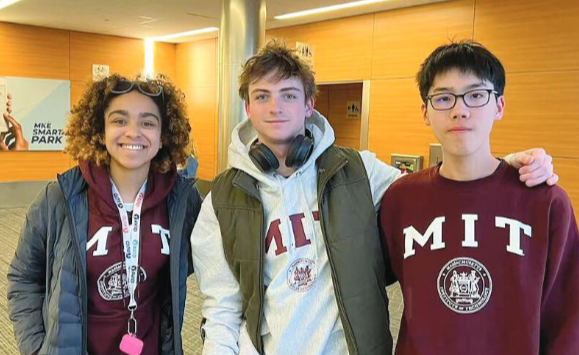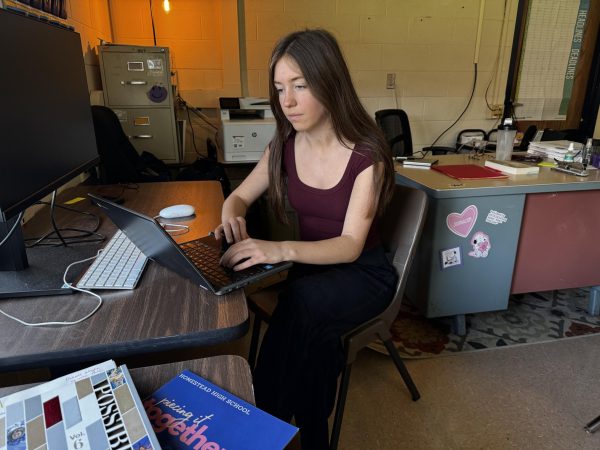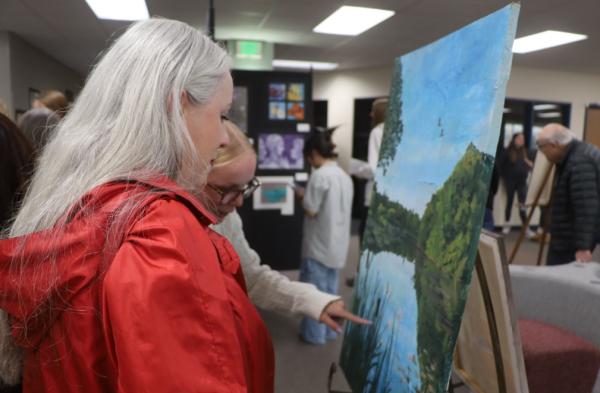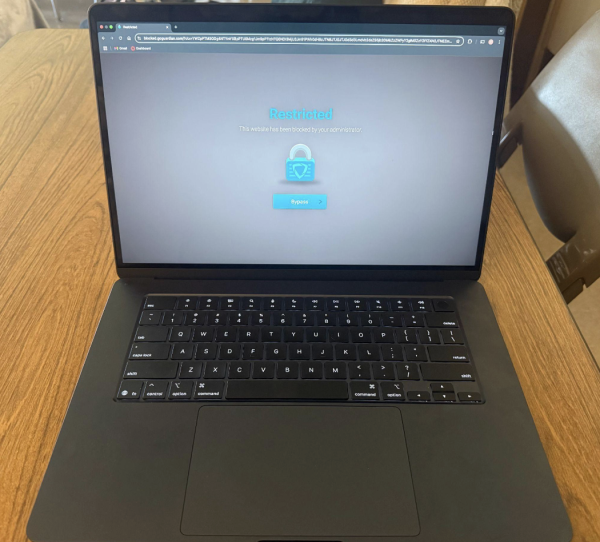Homestead transitions to scenario B
Juniors,Livi Patel, Reilly West and Stella Kim make their way their 3rd hour class in a recently reopened 2-way hallway.
Homestead has transitioned into Instructional Scenario B at the start of third trimester on March 16.
Homestead has four different plans and approaches on how to provide the most beneficial learning amidst the pandemic, denoted by Scenarios A – D in the Responsible Return Plan.
At the end of trimester two, leadership teams of faculty, administration on all district levels and health experts regarding COVID-19 made the decision to move to Scenario B to finish out the rest of the 2020-2021 school year, moving from a two-period block schedule to a the traditional five-period schedule.
“Our counselors worked really really hard to help support kids and their families in making that transition,” Principal Eric Ebert, said. Approximately 74 virtual learners decided to return campus for trimester three. Counselors worked with families to allow these students back to in-person learning and make class schedules that stay within Homestead’s COVID-19 protocols.
Homestead was able to continue Tartan Time in the new schedule. Tartan Time was a new addition in the 2020-2021 school year. It is a way for students to connect and receive help from their teachers outside of class, staring at 7:25 a.m. “It was important from a lot of people’s perspectives, families, students and teachers that we retained some version of Tartan Time,” Ebert said. Scenario B has a revised version of Tartan Time that is a few minutes shorter than the first and second trimester.
“Benefits include the daily reinforcement of knowledge and skills in each class and the increased opportunity for teachers to assess their students’ learning and provide timely feedback,” Michael Richter, science teacher, said.
Instead of only seeing two classes of students a day, having each class every day provides students the opportunity to practice every subject daily. This aligns more closely with how students have learned in the past.
Not only does the transition to Instructional Scenario B have academic benefits but also social ones.
“You can engage in social conversations and create trust and awareness,” Susan Godfrey, physical education teacher, said.
Peer relationships also continue to grow and become stronger. “I already know my classmates better than I did the last tri because I see them every day,” Lexi Timm, junior, said.
Students are able to connect with classmates regularly and have more opportunities than they did with the previous schedule.
Scenario B also allows for students to have their study halls on campus. This return to on-campus study halls means that some previously vacant spaces are being used again.
“Zone 1 is one of the three study centers for students, so now the space is full of students again,” Suzanne Zellmann, research and digital learning specialist, said.
While Scenario B has had observable benefits, it still presents some challenges.
“The shift to a full, daily schedule has changed students’ routine in the middle of the school year,” Richter said.
Any change can be difficult, but the earlier start time and new daily schedules can be a source of stress. However, the five classes a day do build a more consistent routine than the previous schedule. It will take time for everyone to adjust to the changes.
“Homestead places a priority on the social-emotional well-being of their students during all the changes made this year. Education isn’t about getting through the curriculum, it is about acquiring lifelong habits that make you a good learner,” Godfrey said.

Kendall Coburn is currently a junior at Homestead High School. She is part of the Homestead varsity dance team and varsity girls lacrosse team. Outside...

